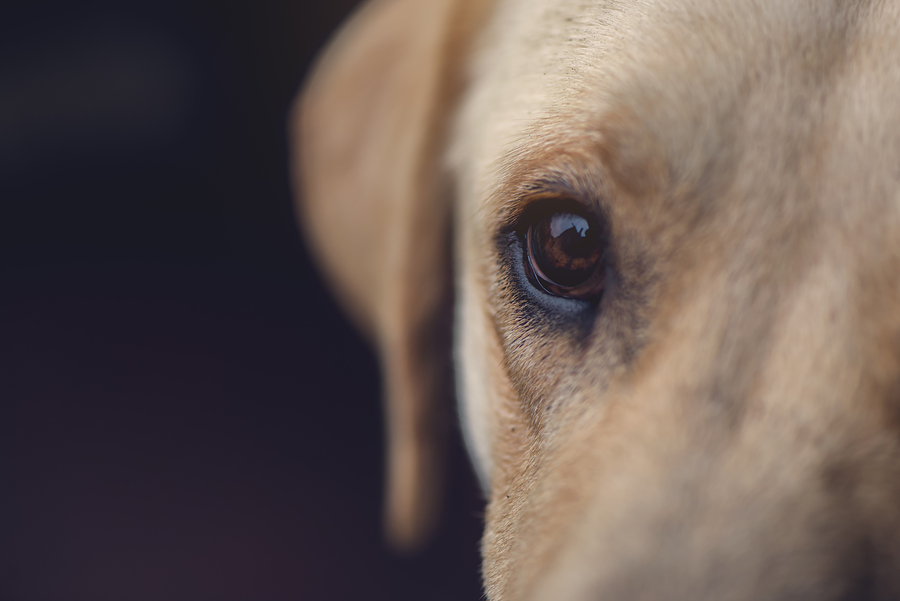Monday, Jun 30th, 2014 | By Dr. Marty Becker
(Updated June 21, 2021)
It’s coming up on the Fourth of July, or as one of my team member calls it, “Xanax season.” She’s referring to her dog’s thunderstorm and fireworks fears, which at their worst require a veterinarian-prescribed dose of alprazolam (generic for Xanax).
Xanax can be very helpful, but it’s not the only tool I recommend to help pets cope with this noisy and often-frightening time of year. Here are the tips I recommend to my patients’ owners, and that we used on our own noise-phobic dog, Quixote, now gone, and currently on our dog QT Pi Becker.
Please know that none of the products I mention here are sponsored and I use no affiliate links. A few of the brands are sponsors of Fear Free, but not all. These are my genuine, non-commercial recommendations.
1. Get outta town. For pets who are terrified of fireworks, the best bet might be to simply remove them from the threat if possible. We sometimes sent Quixote to spend the Fourth with a friend who has no fireworks in her area. You may be able to do the same with vet hospitals or boarding facilities near you.
 2. Create a pet cave.
2. Create a pet cave. The basement may be better known as a man cave, but your pets may find its dark recesses, well-insulated from sound, to be the safest place to be during fireworks or thunderstorms. Additionally, many basements don’t have doors to the outside, thus reducing the chances a terrifed pet will bolt. Better yet, build your dog a
Fear Free fortress! (Cat version
here.)
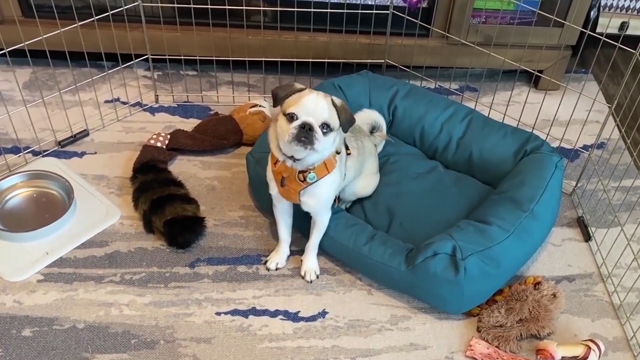 3. Strike up the band.
3. Strike up the band. The musical recordings available from
iCalm Pet can help with all kinds of phobias and anxieties in cats and dogs.
 4. Hug the fears away.
4. Hug the fears away. No, I don’t mean with your arms. I mean with compression garments like the
Thundershirt. They also make a
Calming Cap, which will help some dogs when nothing else will.
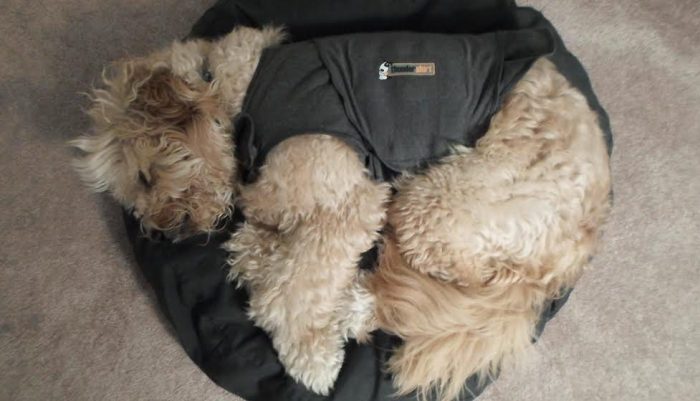 5. Take a chill pill.
5. Take a chill pill. Supplements like
Zylkene , Anxitane, and
Solliquin for Dogs and Cats have done wonders for some of the noise-phobic pets in my practice, although they do need to be started a week or two in advance if possible. More good news: Cats love Zylkene, which is a big plus given how hard it is to get them to take pills. It’s a milk-protein based powder that most cats will lap up from a dish.
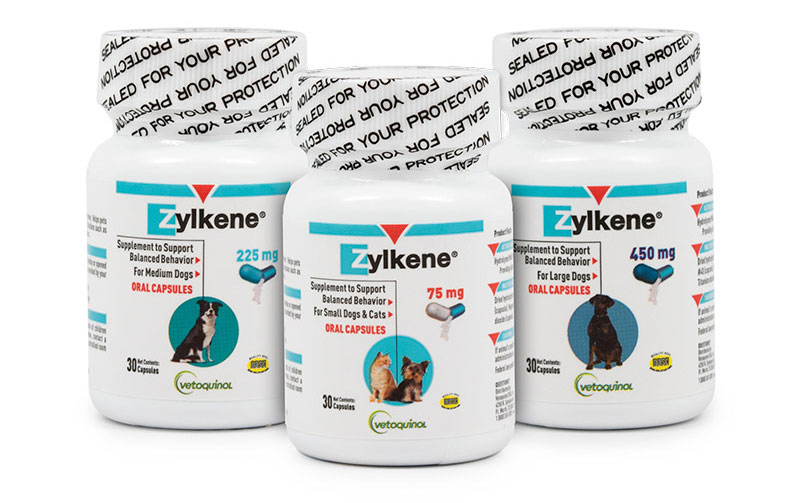
6. Something in the air. Pheromone sprays, collars, and diffusers like Adaptil for dogs and Feliway for cats can take the edge off fear for many pets. It’s a safe and simple tip to try, but will work best as part of a program over time.
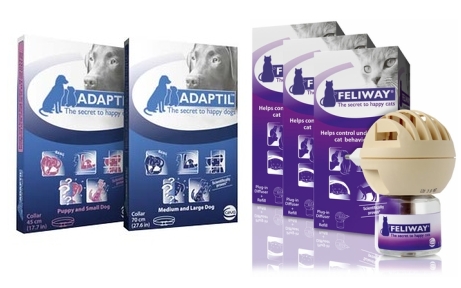 7. Get out the big guns.
7. Get out the big guns. And no, I don’t mean fireworks — they’re big enough already! I mean head for your veterinarian and ask for a prescription. I’ve long recommended alprazolam, the generic for Xanax, but there’s now a newer drug,
Sileo, that is specifically approved by the FDA for canine noise aversion. It’s been a game changer. For cats, I find the medication gabapentin to be the most reliable anti-anxiety option. You may need to have any medication compounded for your cat, so don’t leave it until the last minute.
 8. Get ahead of the noise.
8. Get ahead of the noise. We recently started using the Animo activity tracker on QT Pi’s collar, and a bonus is that we are able to detect very subtle changes in his behavior, including imperceptible trembling, up to two hours before thunderstorms are predicted to begin. This lets us get his medications on board, and makes it much easier to prevent build-up of fear, anxiety, and stress.
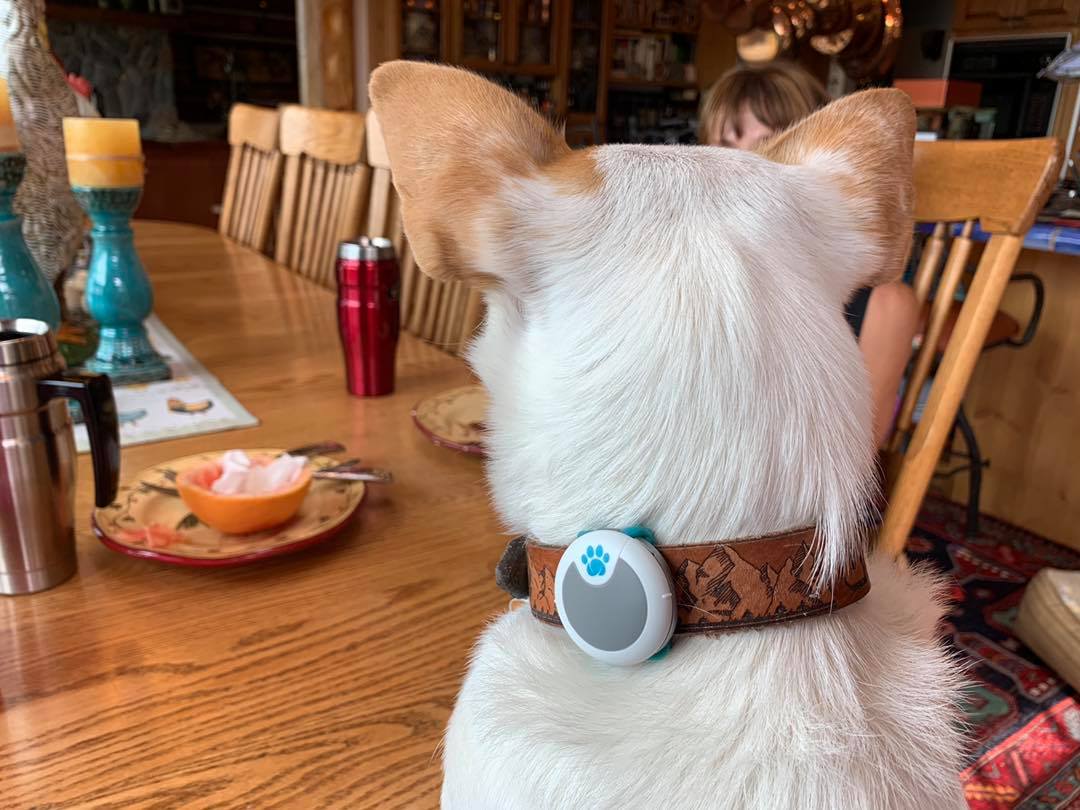
9. Want more? I have more right here!
Have fun, but keep your pets safe, this Independence Day and Canada Day!








